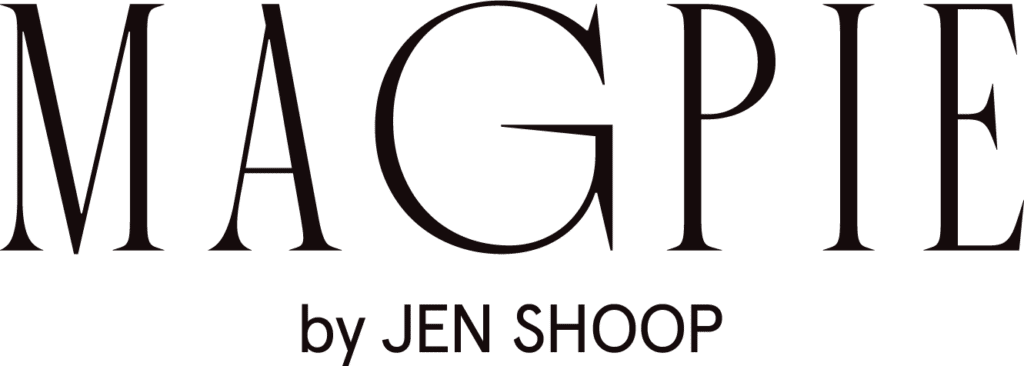I am sharing another stimulating guest post from my sister Liz Sites, a childhood literacy expert, today. This series has been incredibly well-received by my Magpie Moms.
********
“My child started reading at 18 months!”
Generally, it’s best to leave it at a smile and encouraging nod. But if you’ve ever been curious about these types of claims, the real deal starts with a simple question: What is reading? Does this parent (or maybe, your mom reminiscing correctly or incorrectly about you when you were little!) define reading as having memorized DOG when there is also a picture of a dog? Or being able to identify the letters/sounds for M-O-M in order to sound out similar words? Or rereading a favorite memorized book?
None of these are bad by any means—in fact, they are great early literacy indicators. But alone, none of these components truly add up to how I define reading. The International Literacy Association (ILA) defines reading as “The process of simultaneously extracting and constructing meaning through interaction and involvement with written language.” Reading truly occurs on a spectrum. In fact, I hope to continue to improve my reading abilities through my life! I might be able to decode virtually any new word phonetically (or using Latin/language roots), but I feel that most adults can always improve their comprehension skills, such as looking up unknown word meanings, rereading difficult sections, and more strategies that we teach elementary-school students but sometimes fail to consistently do ourselves when reading challenging literature or about unknown/complicated topics!
This all being said, my personal working definition of a child being able to truly “read” is when she can fluently decode/recall the majority of words in books on/above her grade level while having at least a working level of comprehension. But an emergent or beginning reader who is learning phonetic skills and patterns is also “reading” in his way, too! The first time my sons “read” STOP to me, I of course exclaimed to them, “Wow! You read that word all by yourself!” I want my three-year-old to see himself as a reader before he formally has all the skills he needs.
And now…what books? Early readers, emergent readers, decodable readers, sight word readers—oh my! What do all these marketing terms mean* and how to figure out what to buy for your child—and when?!
Unfortunately, there are no definitive terms across all publishing companies, who are doing what they’re expected to do by using many terms or “levels” based on what they have found to be marketable. What one company may call “Learn to Read: Stage 1”, another company might consider “Reading Level 3” category. There are many leveling systems out there that helpfully attempt to analyze books by factors such as decodability level, high-frequency word usage, repetition, and number of words per page. Three common leveled reading methods used in the U.S. are Fountas and Pinnell’s Guided Reading Level (GRL), Developmental Reading Assessment (DRA), and Lexile level. Each of these uses slightly different criteria, though there are charts that correlate levels. GRL uses letters A-Z to mark each level, while DRA uses some letters and then numbers 1-80, and Lexile uses a number scale from 200L TO 1700L+.
For a parent’s sake, a good rule of thumb for picking out books for your child’s independent reading is to flip through and see that about 97% of the words are words that your child knows automatically or can easily decode. (But don’t forget about the importance of reading aloud to/with your child at every age! See here for my post on recent books based on topic). You do not want to frustrate your child with texts that are too hard and overwhelming before she is ready: that can be how burn-out happens! Better instead that the books for independent reading are slightly too easy, especially for our youngest learners, to gain confidence.
Here are some possible picks, which I’ve arranged by various criteria. Please consult with your child’s teacher to determine which skills your child might need most work on and her approximate independent reading level. Also please ask your child what he wants to read! If a child has advanced knowledge about a topic, he can often read a higher level than they might typically read. (See my post for the general categories of reading development and how to navigate literacy during the coronavirus.)
For a pre-emergent “reader” who is working on learning to identify the names and sounds of both upper and lower case letters:
1. Great hands-on practice for letter/sound identification.
2. There are lots of personalized books out there, but my sister Christina gave my son this one, which he has loved since age two, when he first learned to identify his name. It’s great practice for them to start finding their own names!
3. Alphablock.
4. Learning the alphabet song is also helpful.
5. Not a book, but there are many products which help teach letter sounds if used intentionally, such as this set.
For an emergent-beginning reader who is consolidating their concept of word, and beginning to recognize repeated words, or reread memorized texts:
1. No David! Series by David Shannon.
2. Goodnight Gorilla by Peggy Rathmann.
3. Out! By Arree Chung.
4. Big Cat and Pig Has a Plan by Ethan Long. (These also have some phonics practice opportunities.)
For an emergent-beginning reader who needs work on phonics skills (e.g. sounding out BAT, B…A…T):
2. Reading A-Z (including Raz Kids and iPad apps) and Starfall (and ipad apps) are my favorite digital resources.
3. I bought a set from this company as a gift to my son’s Montessori class.
For a beginning reader who has a solid phonics foundation and is also working on sight words (approx. Guided Reading Levels C-G):
1. Adventures of Otto series by David Milgrim. (GRL C-E, depending on book)
2. Biscuit series by Alyssa Satin Capucilli. (GRL D-G, depending on book)
3. Go Dog Go by P.D. Eastman and The Foot Book by Dr. Seuss. (GRL E)
4. Elephant and Piggie series by Mo Willems. (GRL F-H, depending on book)
5. National Geographic Kids PREREADER series. (GRL C-F, depending on book)
For a transitional reader who is moving from “learning to read” to “reading to learn” and starting to read chapter books (approx. Guided Reading Levels H-N):
1. Fly Guy series by Tedd Arnold. (GRL H-K, depending on book; note that the Fly Guy Presents series is for more advanced readers.)
2. Duck, Duck, Porcupine series by Salina Yoon (GRL H)
3. Danny and the Dinosaur series by Syd Hoff. (GRL H)
4. Henry and Mudge series by Cynthia Rylant. (GRL I-J)
5. Little Bear series by Maurice Sendak. (GRL J)
6. Charlie and Mouse series by Laurel Snyder. (GRL J)
7. Mac and Cheese series by Sarah Weeks. (GRL J)
8. The Pigeon series by Mo Willems. (GRL J-K)
9. Fancy Nancy series by Jane O’Connor. (GRL J-M, depending on book)
10. National Geographic Kids LEVEL 1 series. (GRL L–M)
11. Mercy Watson series by Kate DiCamillo. (GRL K)
12. Ling and Ting series by Grace Lin. (GRL K)
13. Frog and Toad series by Arnold Lobel. (GRL K)
14. Nate the Great series by Marjorie Weinman Sharmat. (GRL K)
15. Amelia Bedelia series by Peggy Parish. (GRL L)
16. Cam Jansen series by David A. Adler. (GRL L-N)
17. 13-Story Treehouse series by Andy Griffiths. (GRL L-P)
18. Rainbow Magic series by Daisy Meadows. (GRL L-M)
19. Magic Tree House series by Mary Pope Osborne. (GRL M)
20. Bad Kitty series by Nick Bruel. (GRL M)
21. A to Z Mystery Series by Ron Roy (GRL N)
22. National Geographic Kids LEVEL 2 series. (GRL N-R, depending on book)
I hope I have demystified some of the confusion around reading for you, and that you have found the right book for the right moment for your little one.
Happy reading! Follow me at @LizSitesWriting on Twitter for more literacy insights and recommendations!
*Mini-glossary per my definitions as a reading specialists:
+Early readers – also called first readers: a transition from simple picture books to the chapter book format; often include both a smaller picture per page spread and simple chapters.
+Decodable readers – simple books that use basic, phonetically-spelled words to gradually increase complexity: for example, from “Bob sat” in an early book to “The bike came home” when teaching CVCe long vowel pattern. Decodable readers aim to avoid high-frequency words that often do not follow regular phonetic patterns.
+High-frequency word readers – simple books that use the most commonly-occurring words in the English language. (Fry’s list of 100 most common words includes words like THE, AND, YOU, WHAT, WATER, DOWN.)
+Sight word readers – simple books that use many high-frequency words and also other simple/common words such as color names; the goal is to have children memorize such words using repetition.
Post-Scripts from Jen.
+Favorite recent pastel Amazon finds for littles.
+Fun finds for your truck-loving little one.
+A cute birthday party theme for a little girl.


Love this! My kindergartner really loved the bobs books his teachers would send home for him. They tied in so well to the word lists he was working on and he loved reading them to his brothers!!!
So sweet when they read to their siblings!! Love seeing Emory model reading for Hill 🙂
xx